Vintage Tribal Kilim Runner 3' 3" x 12' 6" (39" x 150")
The designs feature a rich array of symbols representing tribal culture and Anatolian motifs, often in the form of medallions, diamonds, and other geometric shapes.
The designs feature a rich array of symbols representing tribal culture and Anatolian motifs, often in the form of medallions, diamonds, and other geometric shapes. These kilim runners are ideal for hallways and narrow spaces, offering a touch of ethnic charm and artisanal quality to any interior.
Herki kilims not only serve as functional floor coverings but also as artistic expressions of tribal identity, making each rug a unique cultural artifact.
Design Elements
- Geometric Shapes: The kilim showcases a variety of geometric patterns, including diamonds, triangles, and zigzags. These shapes symbolize balance and harmony in design.
- Repetition: The repetitive nature of the motifs enhances the visual rhythm, contributing to a sense of continuity and flow within the design.
- Borders: The presence of borders frames the central motifs, providing structure and focus to the overall piece. The varying width of the borders adds depth to the visual experience.
- Symmetry and Asymmetry: While the design displays symmetrical patterns, there are moments of asymmetry that add an intriguing element, creating visual interest and complexity.
Colors
- Warm Earth Tones: The predominant colors include warm browns and terracotta shades, evoking feelings of warmth and grounding. These colors connect to the natural elements of the earth.
- Accent Colors: The use of soft oranges and soft grays brings contrast and highlights specific motifs, enhancing their visibility and importance.
- Natural Dyes: The colors are derived from natural dyes, offering an authentic and organic appearance that reflects traditional craftsmanship.
- Color Harmony: The overall color scheme maintains a sense of harmony, where each color complements the others, creating a cohesive artwork.
Main Motifs and Their Symbolism
- Diamond Motif: Often symbolizes prosperity and abundance. It represents the connection between the earth and sky, making it a common theme in tribal art.
- Triangle Shapes: These shapes reflect strength and stability. In spiritual terms, they may denote the human connection to the divine.
- Zigzag Patterns: Symbolize the journey of life. They represent movement and the ups and downs encountered in life's path.
- Color Segmentation: Each segment of color may signify different stages or aspects of life, family bindings, or cultural heritage.
Summary
The vintage tribal kilim runner features a vibrant mix of geometric designs characterized by rich earth tones and accent colors, derived from natural dyes. Its elements create a rhythmic visual appeal while symbolizing essential concepts of life such as prosperity, strength, and continuity. The motifs depicted convey profound meanings rooted in cultural and spiritual significance, making the rug a statement piece that celebrates heritage and artistry.
- Ships in 1-4 business days
- Only one in stock, handmade, unique
- Free shipping. Easy returns
- Contact us or add a note to your order if you want us to delay your shipping.
- Request more info if you want this rug shorter or narrower
Colors may appear slightly different across various monitors due to screen settings device differences, and external lighting conditions. If color accuracy is important for your space, we recommend viewing the rug on multiple devices or contacting us for a detailed color description. We can provide detailed photos and references using Sherwin-Williams, Benjamin Moore, Pantone, or even Crayola crayons.
You can also visualize most of our products in your own room with AR (augmented reality) on an iPhone or iPad.
Return Policy
Need a rug pad? We recommend RugPadUSA
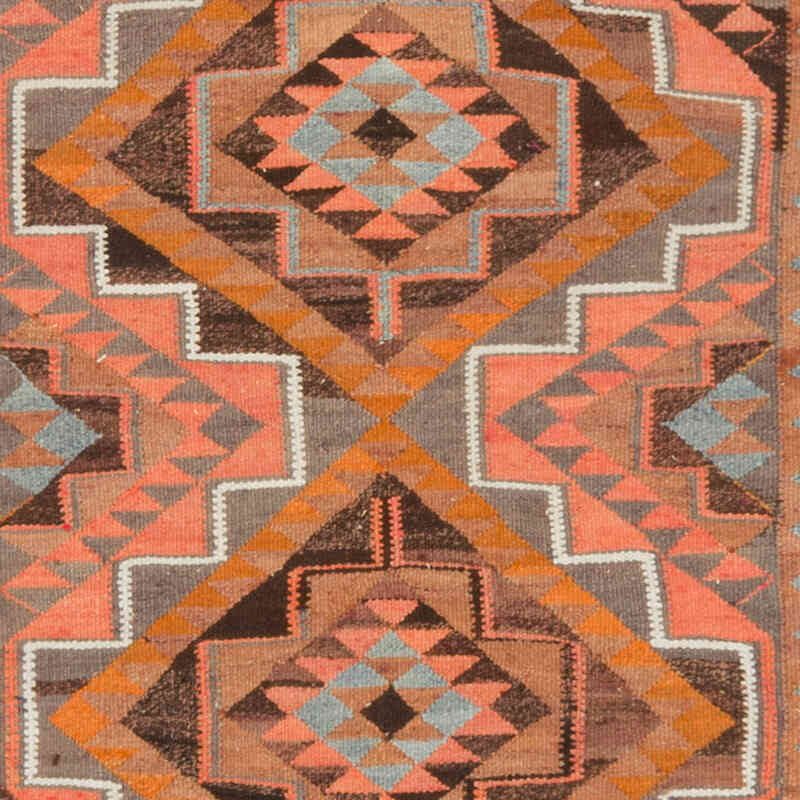
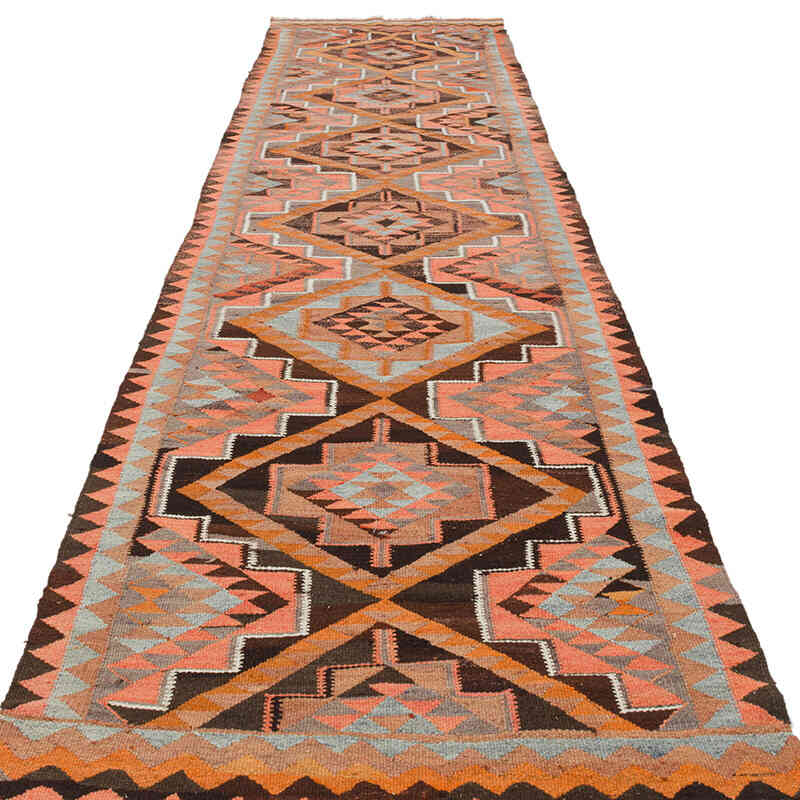
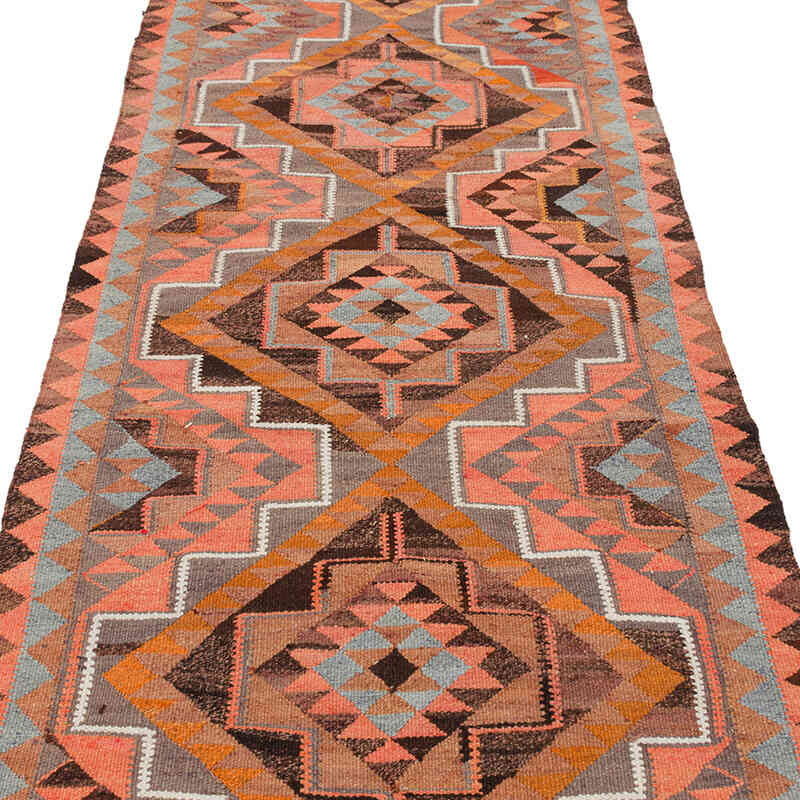
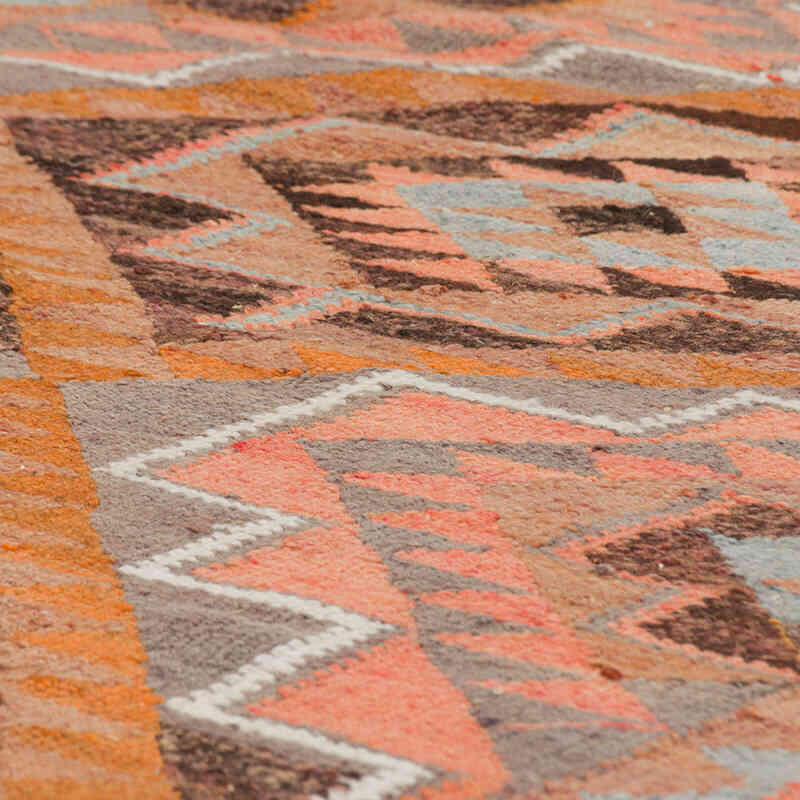
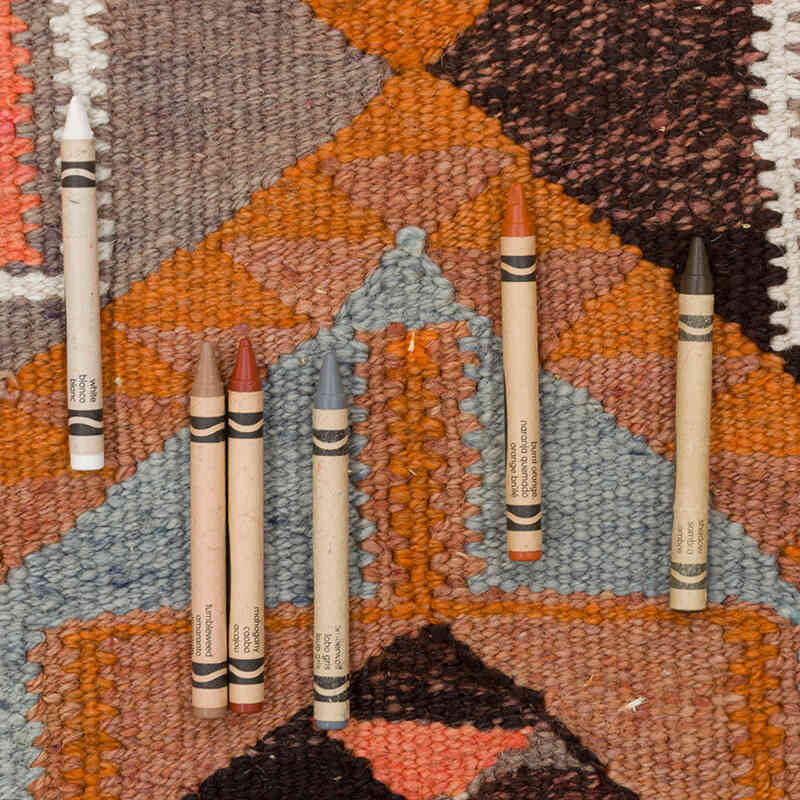
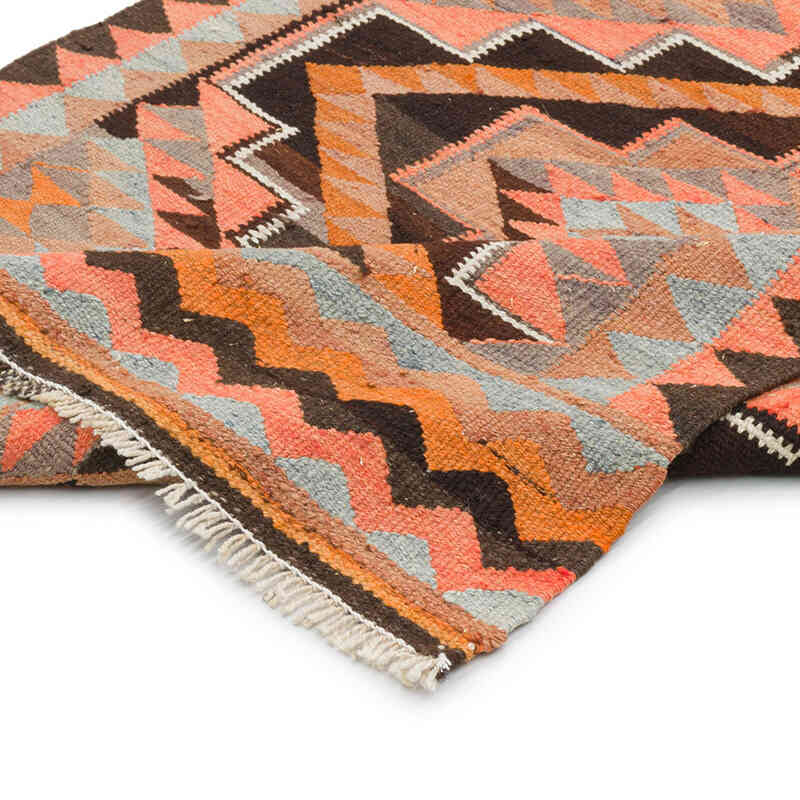
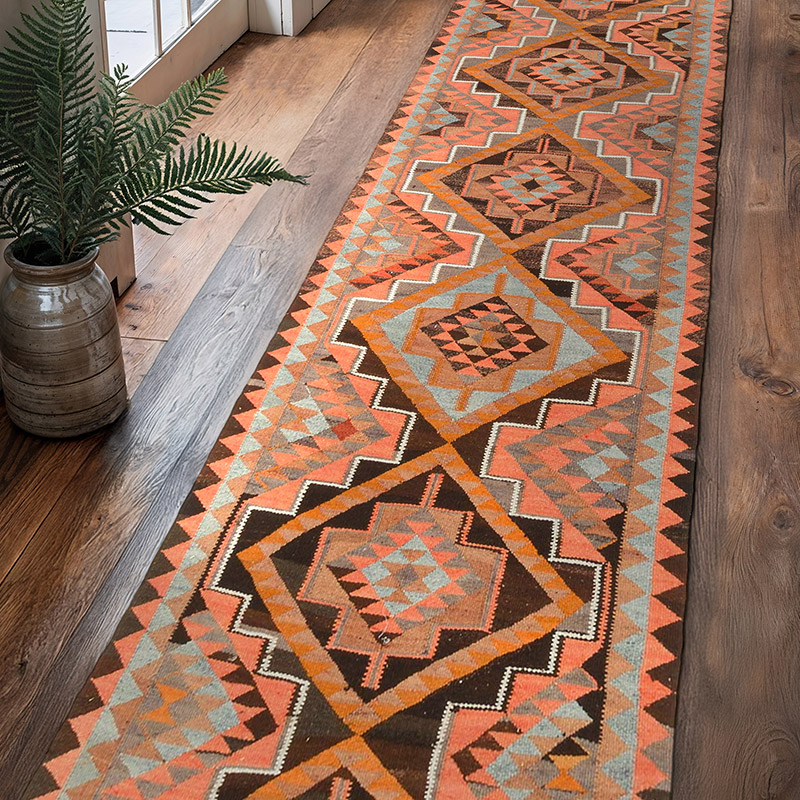
















Love the rug